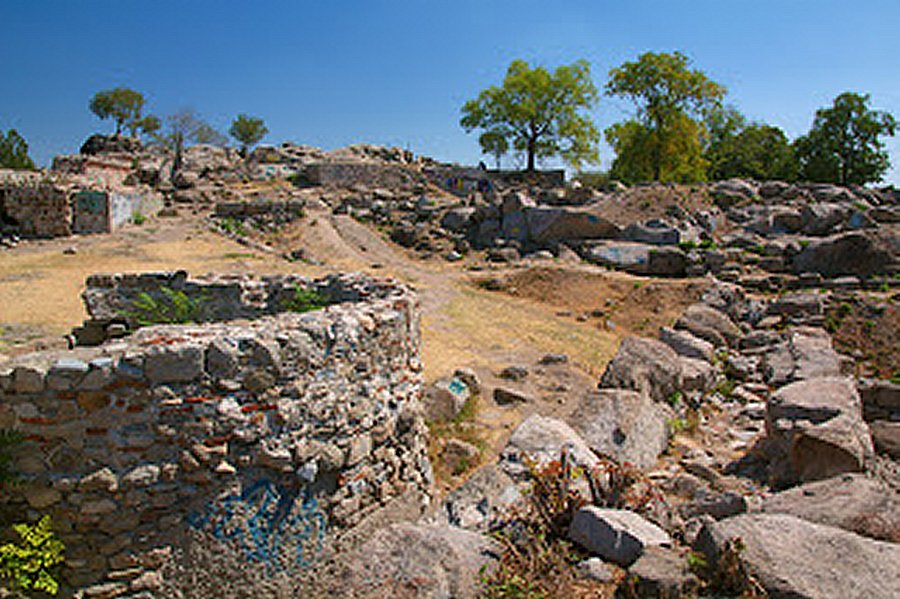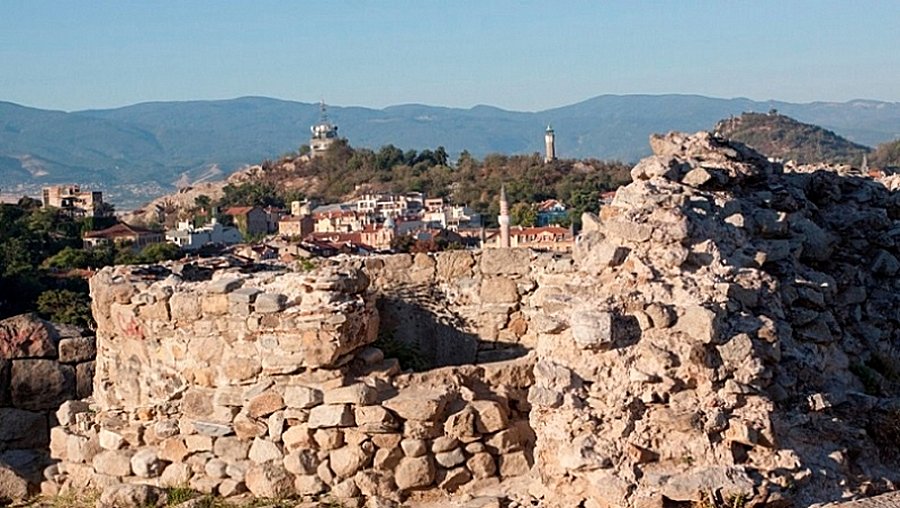MessageToEagle.com – Archaeologists begin excavations of Nebet Tepe (“tepe” is the Turkish word for “hill”), one of seven historic hills where today’s city of Plovdiv located in south-central Bulgaria, was founded and developed in prehistoric and ancient times.
The earliest settlements on the territory of the city are dated back to the 6th millennium BC. There were several prehistoric settlements on this territory, but the oldest and most important one, was located on hill known as Nebet tepe.

Nebet Tepe has the earliest traces of civilized life dating back to the 6th millennium BC.
Archaeologists will focus on the Nebet Tepe fortress and settlement and its medieval water reservoir, according to BGNES.
The geophysical scanning indicated that there ancient structures beneath the area.
Bulgaria’s Plovdiv – the oldest continuously-inhabited city in Europe – has seven historic hills, not unlike Rome. They are still known as “tepeta”, i.e. by their Turkish names from the Ottoman period. The first Thracian settlement on Nebet hill has been dated back to 6, 000 BC.

Around 1200 BC, the prehistoric settlement on Nebet Tepe was transformed into the Ancient Thracian city of Eumolpia, also known as Pulpudeva, inhabited by the powerful Ancient Thracian tribe Bessi.
During the Early Antiquity period Eumolpia / Pulpudeva grew to encompass the two nearby hills (Dzhambaz Tepe and Taxim Tepe known together with Nebet Tepe as “The Three Hills”) as well, with the oldest settlement on Nebet Tepe becoming the citadel of the city acropolis.
Later, in the Antiquity period, the city was known as Philipopolis (named after King Philip II of Macedon), and Trimontium (after its conquest by the Roman Empire).
The Nebet Tepe fortress continued to be an important part of the city’s fortifications until the 14th century when the Second Bulgarian Empire (1185-1396 AD) was conquered by the Ottoman Turks. During the period the Ottoman yoke (1396-1878/1912) when Bulgaria was part of the Ottoman Empire, Plovdiv was called Filibe in Turkish.
Today the prehistoric, ancient, and medieval settlement on Nebet Tepe is recognized as the Nebet Tepe Archaeological Preserve. The remains of the ancient Thracian town, Eumolpias, lie here. Strong fortified walls once surrounded sanctuaries and an aristocratic palace.
The most ancient part of the fortress is very interesting – a stone construction without solder, consisting of roughly-made surface blocks. Nebet Tepe covers the north part of the Three-hill Massif.
Some of the unique archaeological finds from Nebet Tepe include an ancient secret tunnel which, according to legends, was used by Apostle Paul (even though it has been dated to the reign of Byzantine Emperor Justinian I the Great (r. 527-565 AD)) and large rectangular water storage reservoir used during sieges, one of them with an impressive volume of 300,000 liters.
Still preserved today are parts of the western fortress wall with a rectangular tower from the Antiquity period.
MessageToEagle.com
source:






